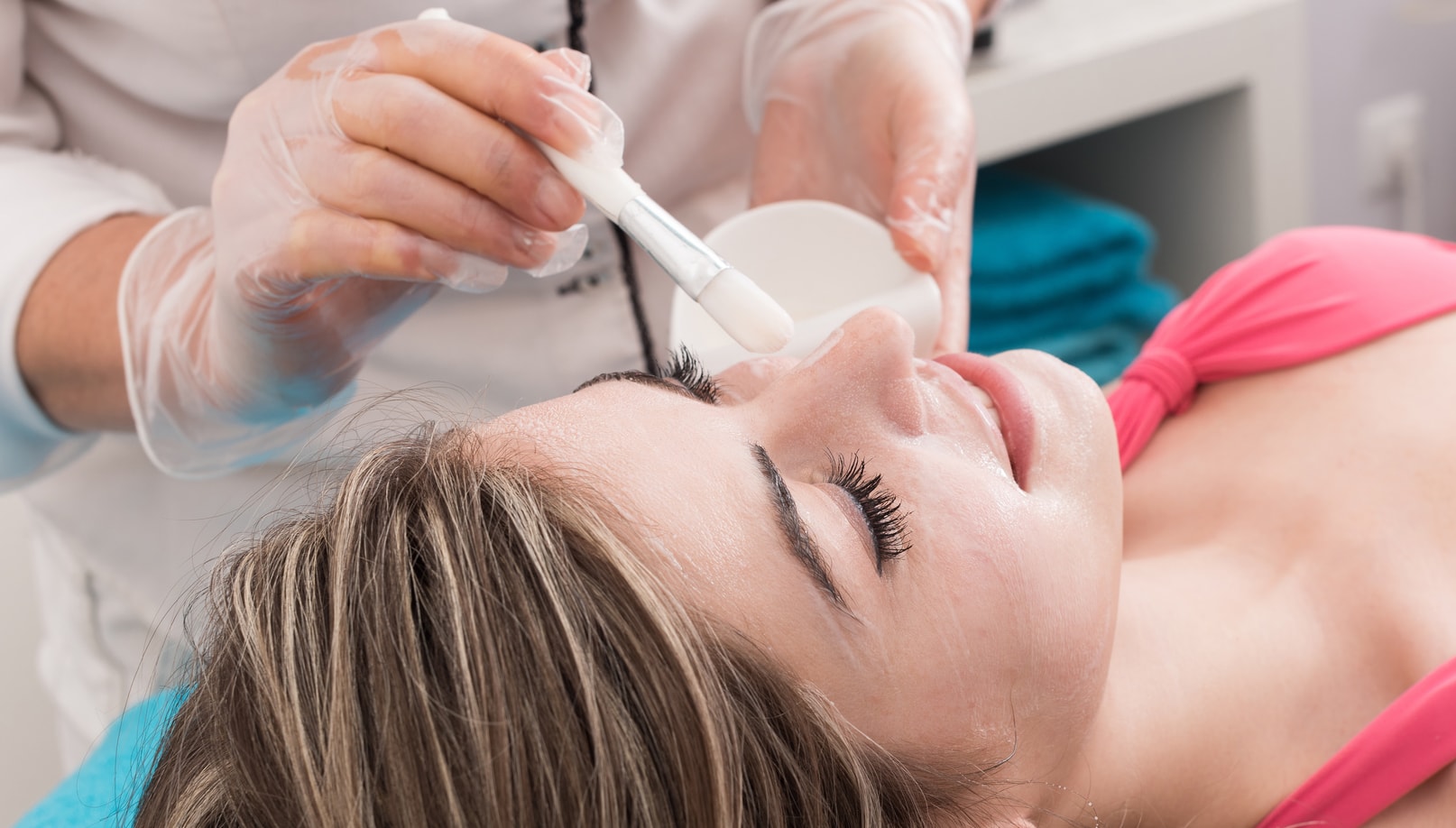
Glycolic acid peels, also known as light chemical peels, are a non-invasive treatment that uses glycolic acid to penetrate the skin in order to make the stratum corneum less sticky and cause exfoliation. It rejuvenates the skin by removing dead skin cells and allowing newer, younger skin to come through. This type of peel provides a gentle treatment for fine lines, chronic dry skin, acne and uneven pigmentation. The chemical solution used in a light chemical peel depends on the needs of the individual patient.
There are two ways of evaluating the potency of glycolic acid:
GOOD CANDIDATES for glycolic acid peels include:
Those who are NOT GOOD CANDIDATES for glycolic acid peels include:
When preparing the skin for a light chemical peel, the skin of the patient is gently cleansed before the peel is applied. Once the skin is ready to receive the peel, the chemical solution is applied to the targeted areas. The concentration and formulation of the glycolic acid solution depend on the specific needs of the patient.
An anesthetic is usually not necessary when patients have a light chemical peel. However, a patient can ask for a local anesthetic to help avoid any discomfort. The patient will feel a tingling or stinging sensation. After the chemical solution has been on the skin for the amount of time determined by the doctor, the peel will be removed with water and then a soothing lotion is applied to the treated area.
While glycolic chemical peels are popular, there are other chemical peel options:
Alternative treatment options for patients who don’t want to have a chemical peel:
The cost of a glycolic acid peel depends on the geographic location of the treatment, any fees charged by the doctor or the facility and the amount of chemical solution used by the doctor. A light peel can cost anywhere from $100-$250.
The amount of RECOVERY after a glycolic acid peel is little to none for patients. Light peels are often called a “lunchtime peel” because the peel does not penetrate beneath the dermis. There will be some redness or pinkness experienced by the patient but it not bad and is very similar to sunburn. Patients can wear makeup directly after a light peel and there are no activity restrictions or DOWNTIME necessary for patients. After a light peel, patients should avoid sun exposure until any redness has subsided. Patients should also protect the new skin by using sunblock when they go outside because the skin is more susceptible to suffering a burn after a peel.
Glycolic acid peels work on the epidermis, AKA the top layer of the skin, so the patient will generally see some immediate results. The treated skin will look brighter the day after the treatment and the pores will be tighter. Patients will also see improvements in any skin discoloration as well as an improvement in fine lines and a general tightening of the skin. However, the results from glycolic acid peels only last 3-4 weeks so patients will need to have follow-up treatments to maintain the results.
The limitations of glycolic acid peels include:
Some common risks of glycolic acid peels are:
A patient who has some discoloration, acne scars, fine lines and large pores on the skin can benefit from glycolic acid treatments. Patients can see an immediate improvement but they should plan on undergoing a series of treatments in order to see a noticeable improvement in the brightness, skin texture and overall quality of the skin. Glycolic acid peel treatments create an improvement in pigmentation while making fine lines softer and smoother. The pores appear smaller and the skin looks more polished with improvement in the overall texture.
Written by Cosmetic Town Editorial Team- MA
Based on an exclusive interview with Tess Mauricio, MD in Glendale, CA